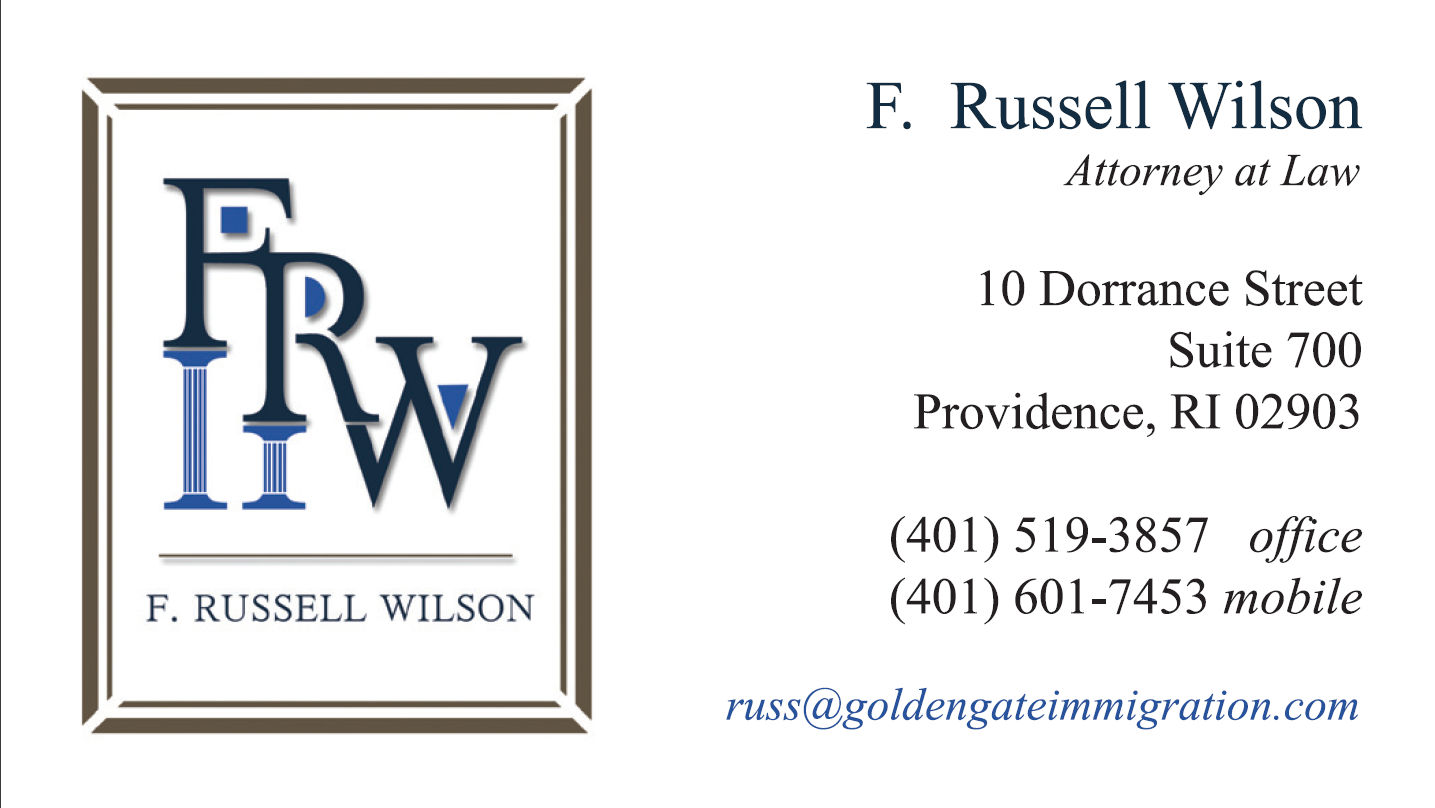Time is an elemental concept of the U.S. immigration system. For foreign visitors, the two words most often preceding an immigration question are “how long. . . ?” This is a pertinent inquiry, as a visa and one’s visa ‘status’ in the United States, although distinct in form, are alike in one important respect: both can expire at any given time based on complex rules intended to govern the foreigner’s actions within the country. Conversely, one may expire while the other remains valid. This layered permission aspect of U.S. immigration can and often does cause confusion and problems.
If you are a foreigner physically present in the United States, it is important to distinguish your status from your visa. The visa in your passport is much like a ticket, or a license, which, if granted (usually by a U.S. consulate or embassy abroad) merely allows you to apply for admission at a U.S. port-of-entry, under assumed qualifications based on your expressed intent in applying for the visa. A visa allows this application at the port-of-entry, but does not guarantee your lawful presence in the United States after entry. Your ability to maintain lawful presence in the United States under a particular visa category (B-2, J-1, H-1B, etc.) is governed after entry by rules related to your actual ‘status.’
If you are in the U.S. temporarily, such as a temporary worker, student, or visitor for business or pleasure, you possess non-immigrant status. If you are in the U.S. with the intent of eventually obtaining permanent residence, you possess immigrant status. Status, as such, is the initial focal point for legal analysis related to any foreigner’s current immigration circumstances and goals moving forward.
Continue reading »



Follow Us